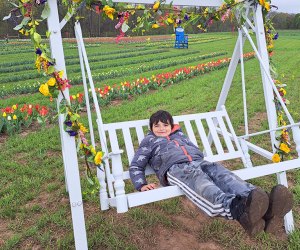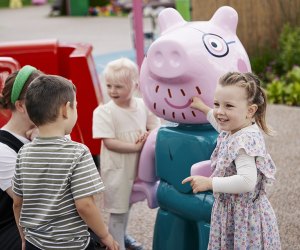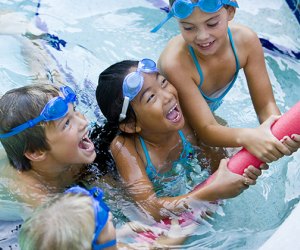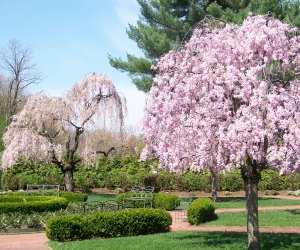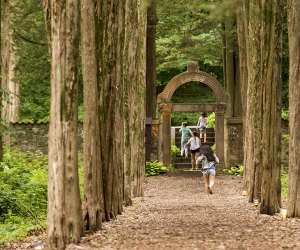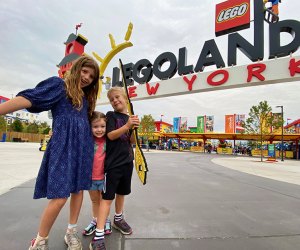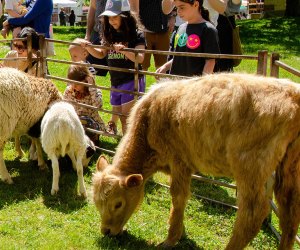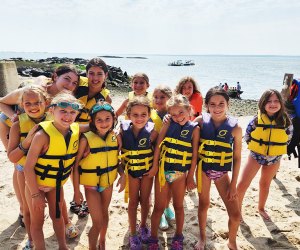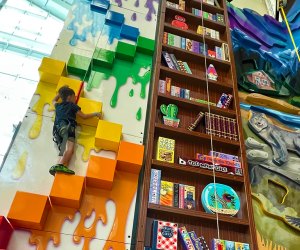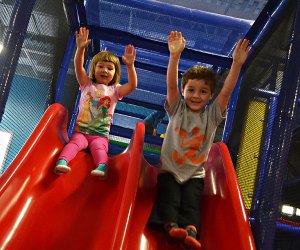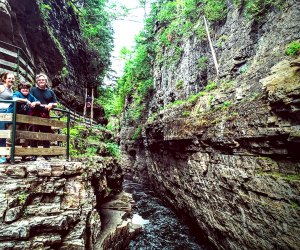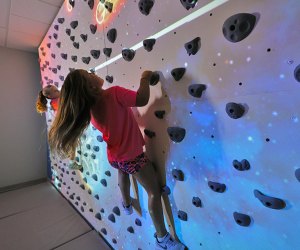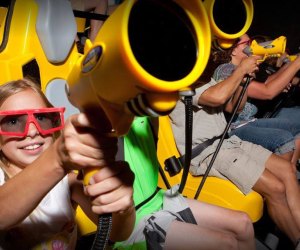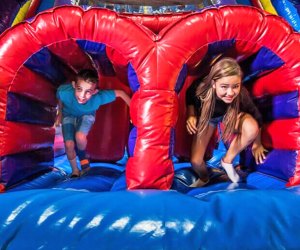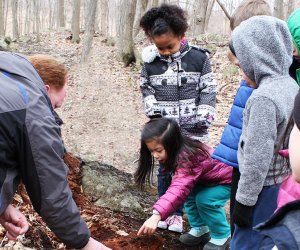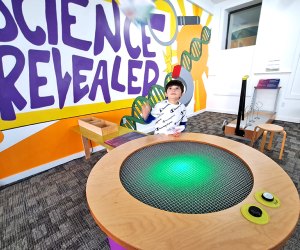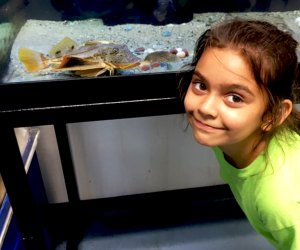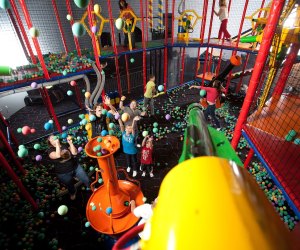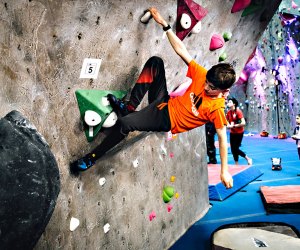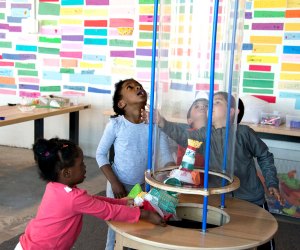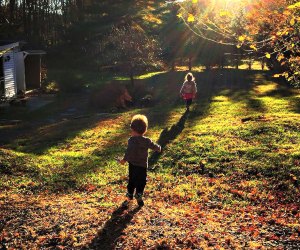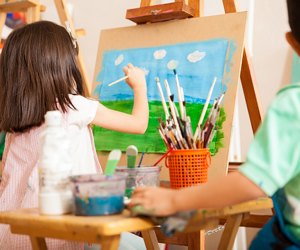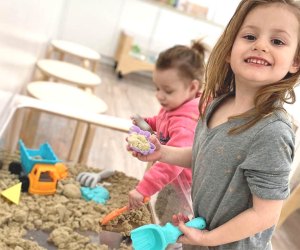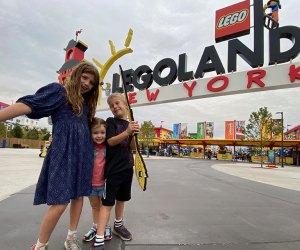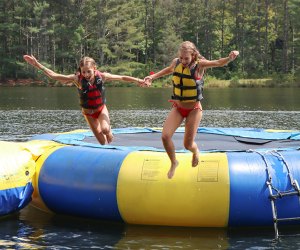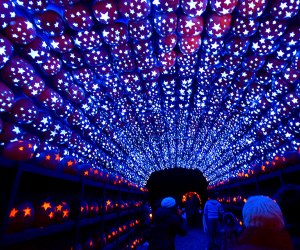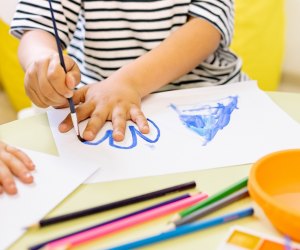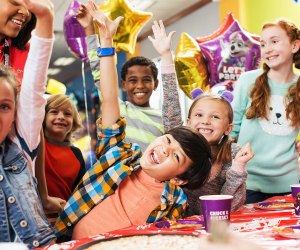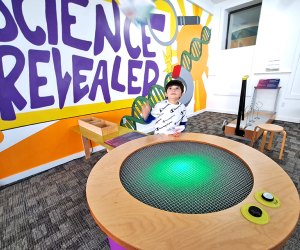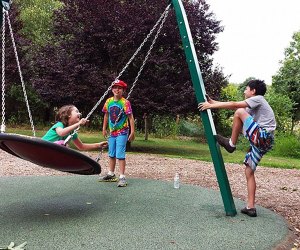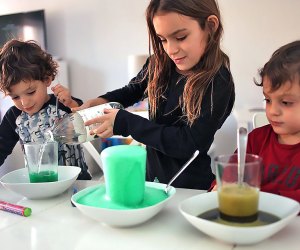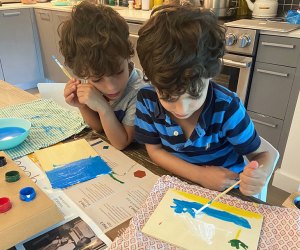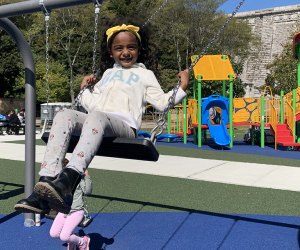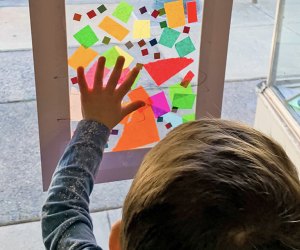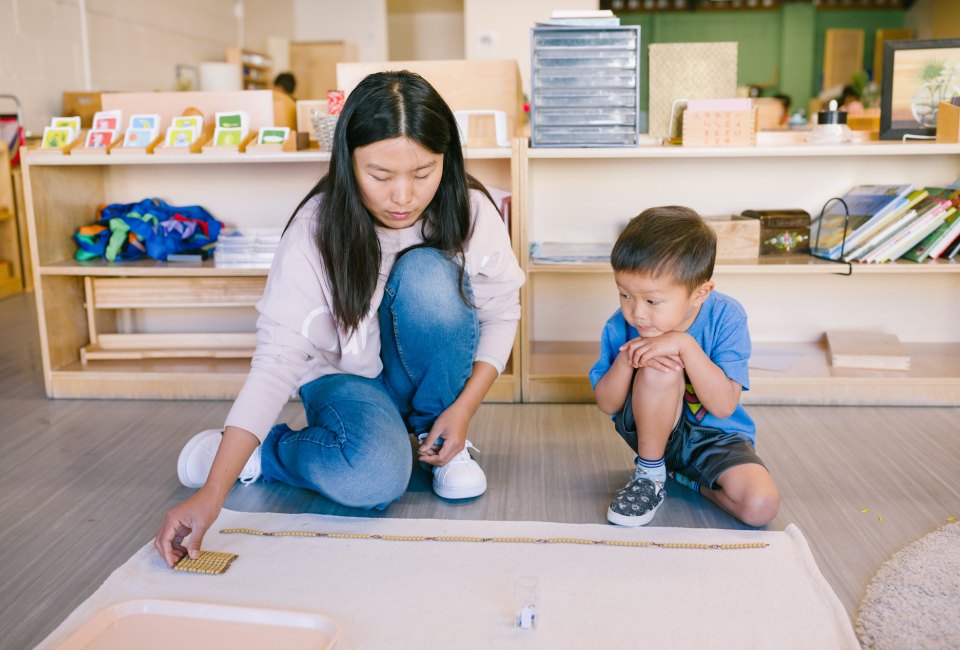What Differentiates a Montessori Daycare, Preschool, or Elementary from Traditional School
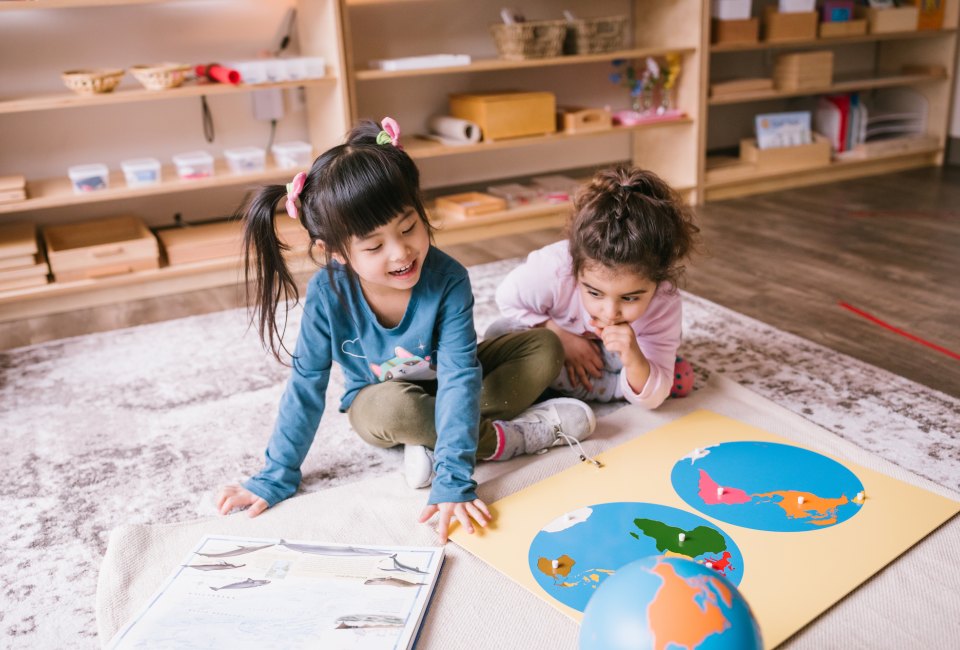
While “Montessori” probably conjures up thoughts of wooden toys and independent play, there’s a whole lot more to understand about the teaching method that’s used across many of New York City’s most popular private preschools and elementary schools. Yes, specially-designed materials and child-led activities are definitely part of the package, but there are many differentiators that set the Montessori style apart from a more traditional approach to education. With a focus on children’s individual interests and needs, the approach promotes hands-on, self-paced, collaborative learning, which tends to really resonate with kids and parents alike.
The teaching experts at Guidepost Montessori offered to provide their expertise and breakdown the features you’ll find in a tried-and-true Montessori school. With over 80 campuses across the United States and Asia–including five locations in Manhattan and Brooklyn, plus virtual programs, Guidepost is the largest Montessori network in the world, empowering and nurturing kids ages 0 to 14 for more than 7,000 families across the globe.
What is Montessori Education?
Thoughtful Learning Environment
No rows of school desks here! Montessori classrooms are beautiful, inviting, and thoughtfully arranged, with organized and accessible learning materials ready for the taking. Classrooms follow an open floor plan to create an environment that encourages discovery and choice. There are also areas for group activities, as well as areas for independent learning.
Real Materials
The real child-sized furniture, live plants, and ceramic dishes found in Montessori schools all teach children to respect and care for materials. Working off the idea that children know when they are engaged in real purposeful activities–and not just pretending to take part in an adult task–these materials help kids grow their confidence and self-esteem.
Mixed-Age Classrooms
Unlike most schools, Montessori programs are all about multi-age groupings in classrooms for students ages 3-12. In the “Children's House,” ages 3-6 are blended, while ages 6-9 and 9-12 are similarly grouped in Lower and Upper Elementary classrooms.
With this arrangement, which is meant to be more representative of the real world, older students organically step into leadership roles and hone life skills like communicating and problem solving by mentoring younger children.

Hands-On
In a Montessori preschool or elementary school, you’re more likely to find students exploring new topics by leading their own projects with carefully-designed classroom materials than reading an assigned textbook.
For example, when learning about geography and maps, kids start by using sandpaper and colored globes to learn the differences between land and water, then move on to doing world map puzzles. Even the youngest learners in the class have the opportunity to trace, pin poke, cut, and paint maps in a much more experiential and concrete way than doing a worksheet.
Flexible Curriculum
In traditional education, learning is systemized and pretty rigid, requiring students to adapt to however lessons and subject matter are taught. In a Montessori program, however, teaching caters to the readiness of each individual student, and there’s more flexibility to personalize lessons as needed.
Child-Led
Short periods of learning time with frequently changing subjects are fairly typical in a traditional school setting. But in an authentic Montessori preschool or program, students explore subjects at their own pace during 3-hour periods called “work cycles” (often 2 hours in toddler classrooms). These uninterrupted cycles minimize difficult transitions and help kids develop the concentration and self-direction that’s meaningful in adulthood.
Real-Time Assessment
You won’t find teachers giving large group lessons and then assigning homework to see if students understand the material or relying on testing to gauge kids’ skill level. Instead, a Montessori “guide” circulates the classroom to assess and support each child one-on-one. Small class sizes allow teachers to have a close understanding of each child’s readiness to move on to the next stage.
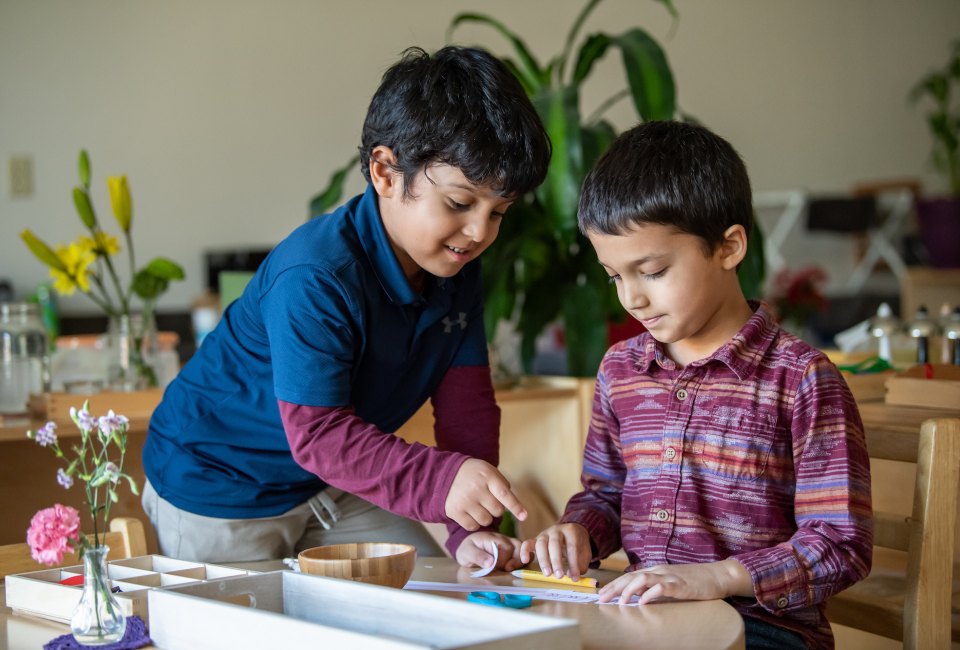
Learn More About Guidepost Montessori
New York City is home to five Guidepost campuses–Brooklyn Heights, Columbus Square, East Village, Museum Mile, and Williamsburg–with programming available for ages 6 weeks to 14 years. Spanish and Mandarin immersion are also available at select schools. All locations offer year-round enrollment for in-person and virtual programming and accept transfer students.
Click here to register for a school tour at your preferred location or call (866) 202-8593 to speak directly with the admissions team.
All photos courtesy of Guidepost Montessori
Places featured in this article:
Guidepost Montessori School at Brooklyn Heights
Guidepost Montessori at Columbus Square
Guidepost Montessori School at East Village
Guidepost Montessori School at Museum Mile
Guidepost Montessori School at Williamsburg




